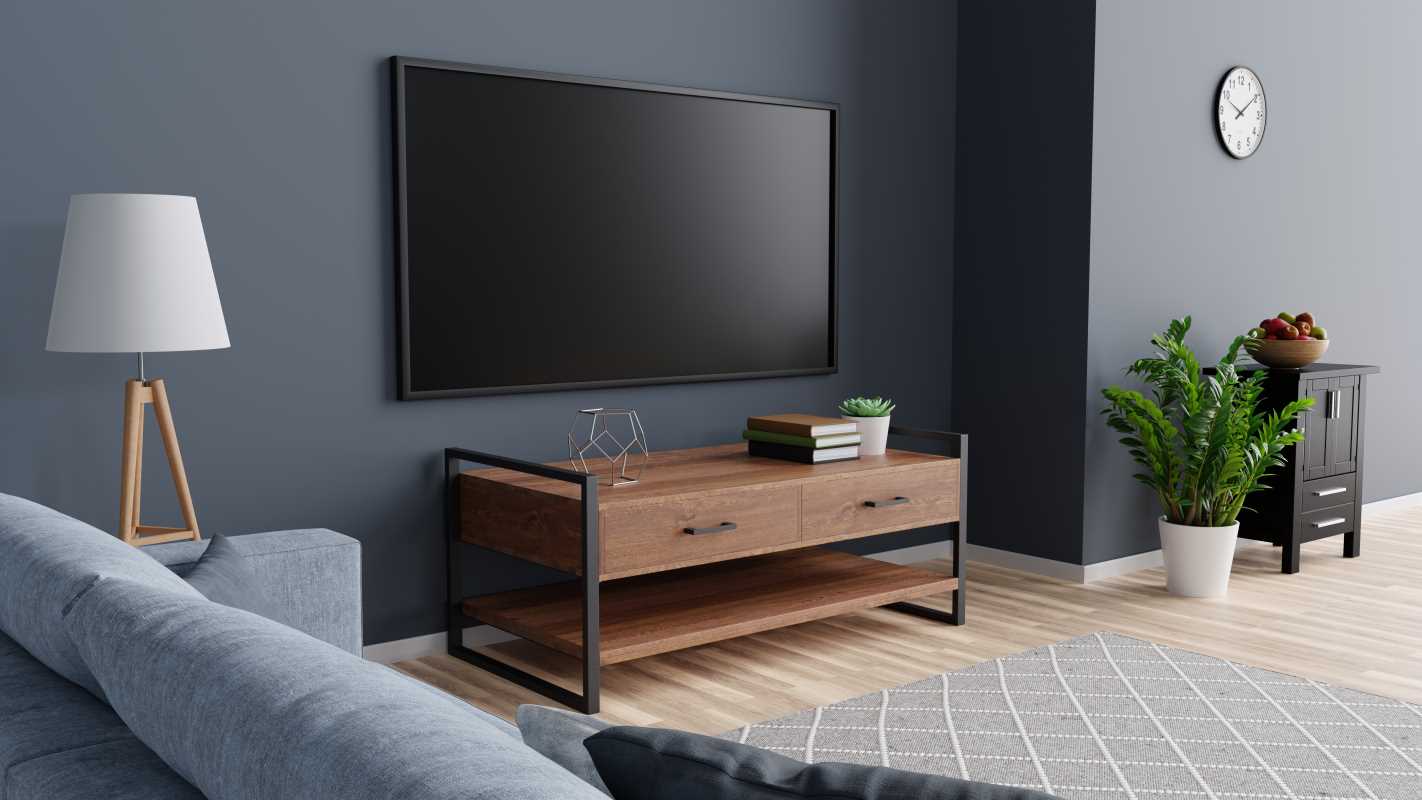The concept of home has evolved dramatically over the past decade, morphing from a simple dwelling into an interconnected ecosystem that responds to our needs and preferences. At the forefront of this domestic revolution is customizable smart furniture, adaptive pieces that blend technology with traditional craftsmanship to create living spaces that are as functional as they are beautiful. These innovative furnishings represent more than just a trend; they signal a fundamental shift in how we interact with our environments. By seamlessly integrating technology into everyday objects, smart furniture manufacturers are creating pieces that can transform according to our changing needs, effectively future-proofing our homes against the rapid pace of technological advancement.
The appeal of customizable smart furniture lies in its remarkable versatility. Imagine a coffee table that recognizes when you're working from home and automatically adjusts its height to create a comfortable workstation, then transforms back into an elegant centerpiece when evening arrives. Or consider modular sofa systems with built-in charging stations, ambient lighting, and climate control features that remember your preferences. These pieces adapt not just physically but digitally, responding to voice commands, smartphone apps, or even biometric data to create personalized experiences. For urban dwellers in particular, where space comes at a premium, furniture that can serve multiple purposes without sacrificing aesthetics provides an elegant solution to the challenges of modern living.
What truly sets today's smart furniture apart is its increasing focus on customization. No longer limited to one-size-fits-all solutions, manufacturers are embracing the principles of mass customization, allowing consumers to tailor functionality, appearance, and technical specifications to their unique needs. This personalization extends beyond mere aesthetics, though the ability to change colors, materials, and finishes with the tap of an app is certainly appealing. More importantly, it encompasses the ability to select which smart features matter most to you, creating a living environment that reflects not just your style but your lifestyle. Whether prioritizing entertainment features, productivity enhancements, or wellness functions, today's smart furniture can be configured to support your specific priorities.
While the technology behind these innovations is certainly impressive, equally noteworthy is the increasing emphasis on sustainable design principles. Leading manufacturers are moving away from the planned obsolescence that has plagued consumer electronics, instead designing modular systems that can be upgraded rather than replaced as technology evolves. This approach not only reduces environmental impact but also makes these investments more financially accessible. Additionally, many companies are incorporating renewable materials, energy-efficient components, and ethical manufacturing practices into their production processes. The result is furniture that not only makes our lives easier but does so with minimal environmental cost, a crucial consideration for environmentally conscious consumers.
Despite its futuristic appearance, the best smart furniture maintains a connection to traditional craftsmanship and design principles. After all, no matter how intelligent our furnishings become, they must still fulfill their primary purpose of creating comfortable, beautiful spaces for human habitation. The most successful pieces strike a delicate balance between cutting-edge technology and timeless design, ensuring they won't feel dated when the next wave of innovation arrives. This marriage of artisanal quality with technological sophistication represents the true promise of smart furniture, not merely convenience, but an elevated living experience that honors both our heritage and our future.
Finding Your Perfect Smart Furniture Match
The journey toward a smarter living space begins with honest self-assessment. Before browsing catalogs or visiting showrooms, take time to evaluate how you actually use your space rather than how you aspire to use it. Do you regularly entertain, requiring flexible seating arrangements? Do you work from home and need adaptable surfaces for productive tasks? Are there specific health or accessibility concerns that technology could address? Understanding your genuine needs prevents costly investments in features that ultimately go unused while highlighting opportunities for meaningful enhancement.
Smart furniture encompasses a vast spectrum of technological integration, from subtle embedded features to boldly futuristic designs. On the minimal end, you might consider pieces with integrated wireless charging surfaces, discreet cable management systems, or gesture-controlled lighting, enhancements that improve functionality without dramatically altering aesthetics. Mid-range options might include voice-activated adjustable beds, sofas with built-in speakers and climate control, or dining tables with interactive surfaces. For those fully embracing the smart revolution, there are comprehensive systems that coordinate multiple pieces through centralized apps, learning from your behaviors to anticipate needs.
Compatibility considerations cannot be overlooked when selecting smart furniture. Before making significant investments, ensure new pieces will integrate with your existing smart home ecosystem, whether you're operating within Apple HomeKit, Google Home, Amazon Alexa, or another platform. Proprietary systems that don't communicate with your established network can create frustration rather than convenience. Similarly, investigate whether manufacturers provide regular firmware updates, customer support, and clear privacy policies regarding any data collected through their products, essential factors for long-term satisfaction with connected furniture.
The experiential dimension of smart furniture shopping cannot be overstated. Whenever possible, visit showrooms that allow hands-on interaction with prospective purchases. The tactile experience of adjusting mechanisms, the responsiveness of digital interfaces, and the comfort of adaptive surfaces simply cannot be evaluated through online descriptions or videos alone. Many specialized retailers now offer augmented reality previews that let you visualize pieces in your actual space before purchasing, while some manufacturers provide home trials for major investments, opportunities worth exploring before committing to significant purchases.
For those hesitant to dive fully into the smart furniture ecosystem, consider starting with hybrid approaches. Many traditional furniture makers now offer "smart-ready" pieces designed to accommodate technological additions without requiring complete replacement. Examples include sofas with removable panels that can be upgraded with charging ports or massage functions, shelving systems with integrated rails for adding smart lighting or speakers, and bed frames that can be retrofitted with sleep-tracking technology. This modular approach allows for gradual adoption as budget allows and technology evolves.
Material Innovations Driving the Smart Revolution
- Self-healing fabrics that can repair small tears and stains through embedded microcapsules activated by pressure or heat
- Shape-memory alloys and polymers enabling furniture to transform configurations while maintaining structural integrity
- Advanced composites combining natural materials with technical fibers for strength-to-weight ratios previously impossible
- Transparent wood composites allowing for embedded displays in seemingly traditional wooden surfaces
- Programmable textiles with woven-in circuitry that can change temperature, color, or texture based on environmental conditions







